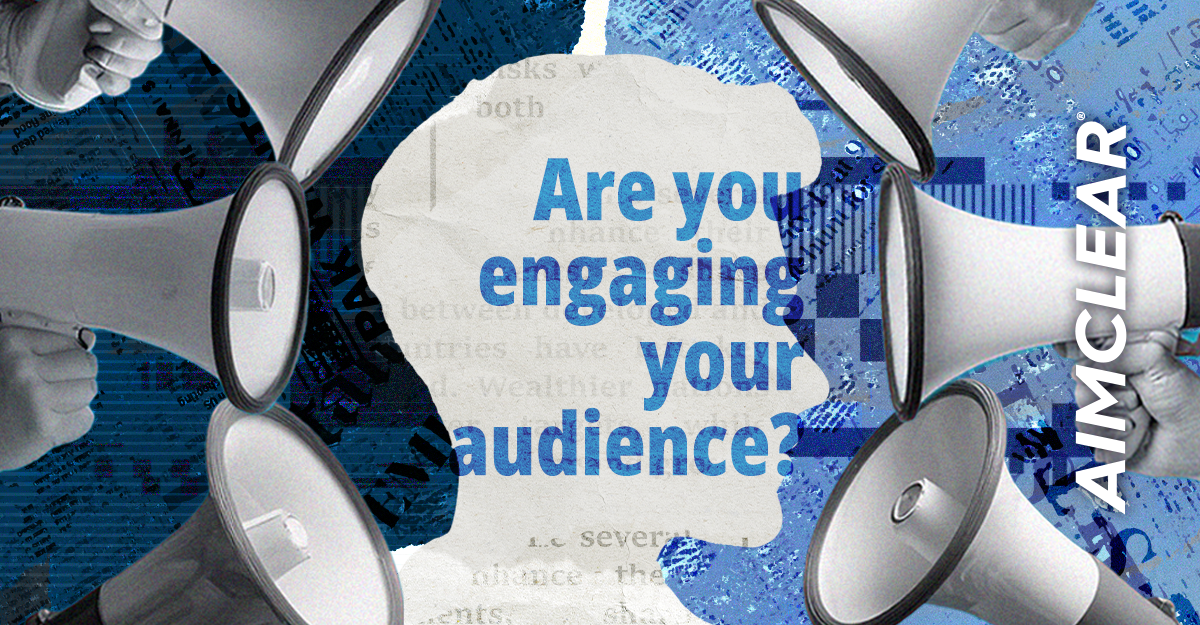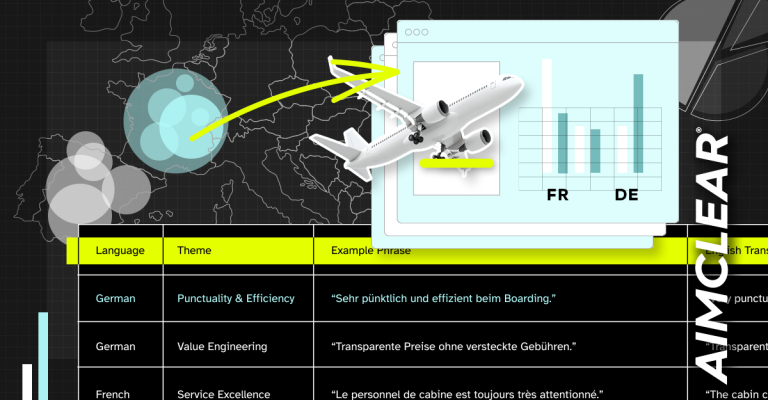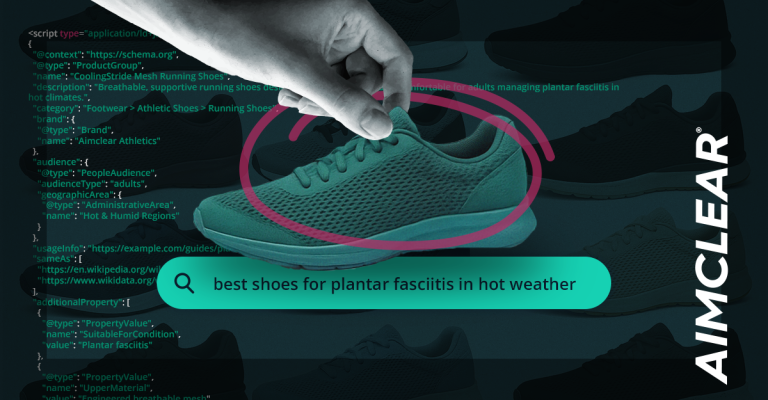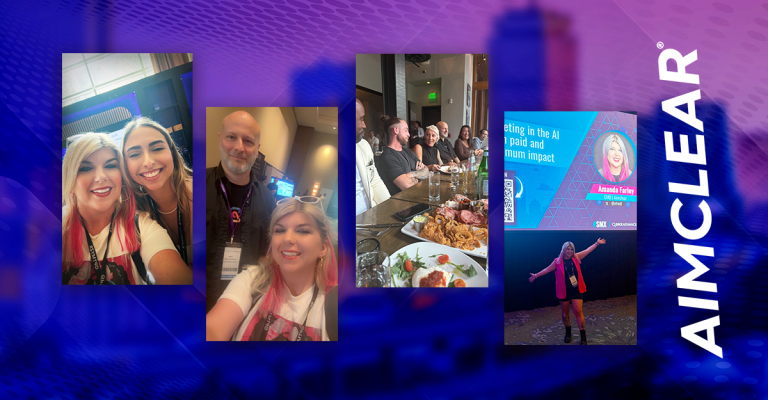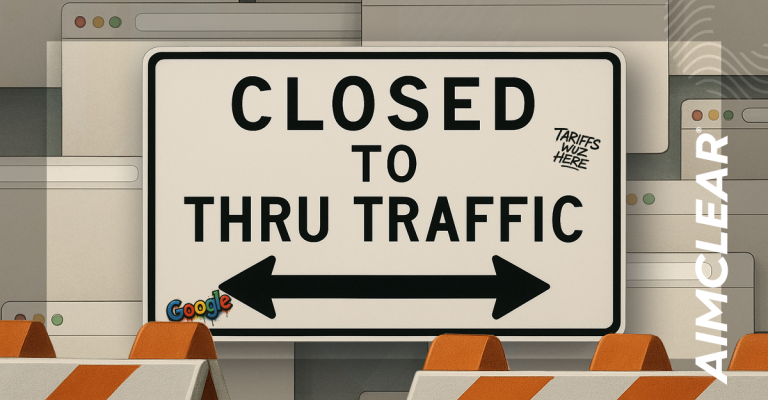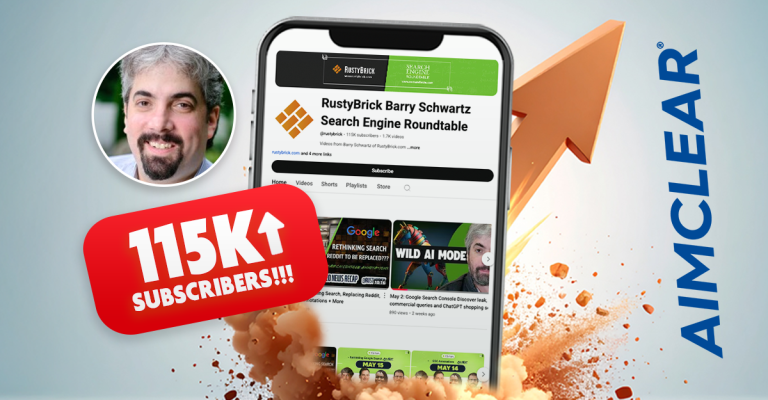With information flying at consumers from all directions all the time, brands have two choices: Stand out with strong storytelling or get pushed to the periphery.
Effective strategic communications isn’t just about getting your word out. It requires delivering the right message at the right time to the right audience. An effective approach builds credibility, secures third-party media coverage and produces meaningful audience engagement.
Brands benefit from strategic communications counsel—an expert or a team of experts to highlight value and storytelling that brand leaders see daily in their work but sometimes overlook because they are too close to it.
A strategic communications counselor also can devote attention to a brand’s messaging, taking enough time and applying proven expertise to produce storytelling outcomes that otherwise wouldn’t happen amid the daily bustle of running a business.
Effective strategic communications focuses on three areas of messaging:
- Content creation to craft messages that live on a brand’s owned media platforms, such as its website, social media profiles and email newsletters.
- Media relations to secure third-party validation in what is often called earned media—coverage in news outlets, trade publications and other influential platforms where desired audiences engage.
- Public relations to ensure that a brand’s overall reputation is actively managed through community engagement, events, issue positioning and other strategic messaging.
An example of content creation involved our work with a trucking and logistics company. Following two major hurricanes in the southeast United States, this company wanted to offer its logistics expertise to help disaster-relief efforts. But their website and social media lacked content positioning them as such a resource.
We crafted a blog post that conveyed their capabilities in a helpful, non-promotional manner. Instead of pushing ads, we created valuable, SEO-friendly content that positioned this company as an industry leader and a trusted resource for those trying to help in the wake of a natural disaster.
Because of the sensitive situation involving people reeling from two hurricanes, our client’s content needed to go beyond keywords for SEO. It required thoughtful development, with a depth, proper industry terminology and genuine, human language. It demonstrated empathy as well as expertise to build trust with an audience trying to help people in need.
Media relations or earned media is one of the most powerful tools in a brand’s communication strategy. Unlike paid advertising, which requires ongoing spending to get a message out—and a message clearly identified as advertising—media relations provides organic exposure, backed by the credibility of reputable news outlets and with the power to build long-term brand value.
By securing coverage with independent publications and platforms, brands benefit from third-party validation—a source trusted by the desired audience telling the brand’s story.
Businesses and organizations often underestimate the value of media relations, and most don’t know how to approach media with their story. Some assume they have nothing newsworthy to share. Some feel intimidated pitching their story to journalists. Others leap in with a pitch that is highly promotional or sales-driven, turning off journalists who want to tell stories but who won’t tout products or services.
By working with experts trained in media relations—who often bring experience as journalists themselves—brands overcome these barriers. These experts help brands identify unique and newsworthy story angles, craft compelling pitches, offer visuals and relevant examples and connect with known journalist contacts for successful outcomes—and lasting source connections.
A small, three-person handyman service found itself in this situation recently. Struggling to stand out in a crowded market, this company couldn’t afford paid advertising. We identified a seasonal opportunity, winter home preparation, and positioned the company to share their expertise.
By approaching local media with useful tips and show-and-tell examples, the handyman service gained year-round media attention through stories about home-maintenance in all seasons. They increased their visibility and grew their business—without spending a dollar on ads.
One of the most overlooked yet powerful aspects of media relations is thought leadership, which can easily expand into the broader category of public relations. Many businesses don’t realize that they have valuable insights to share, which can become powerful brand builders.
We recently worked with an estate-planning attorney who wanted to promote her “death cafés”—informal community conversations about estate planning and end-of-life decisions. We not only enhanced her website and social media content but also secured her media coverage on a local TV station. The attorney saw increased attendance at her events, gained clients and elevated her public profile as a local expert.
Incorporating content creation, media relations and public relations into a marketing strategy isn’t simply about getting attention. It builds trust, shapes brand perception and ensures that a brand’s messages reach the right audience.
When done right, strategic communications work can build on itself, creating integrated outcomes. Content for owned media can help craft effective story pitches for media relations. Brands can incorporate earned media, such as a video of their story on TV, in their owned media, such as a website blog or an email marketing campaign.
All of these efforts can enhance a brand’s public relations, building credibility that generates more attention, attracts customers and brings attendees out to events.
The speed and clutter of the information world are here to stay. Brands must work to tell their stories, shape their images—and drive business results. Now more than ever, a focus on strategic communications is a vital part of brand and business management.
AIMCLEAR’s Communications Practice Group is led by professionals who blend experience across journalism, corporate communications, PR, crisis communications and marketing:
- Rob Karwath is Vice President of Communications and Business Relations. He previously worked as a reporter, editor, and executive at major news organizations, including the Chicago Tribune, WGN-TV, KQDS-TV and the Duluth News Tribune. Reach him at [email protected].
- Joe Thornton is Vice President of Public Relations Strategy. He has worked as a reporter, anchor and news director at the Kansas Television Network and at KDLH TV as well as in corporate communication and agency roles. Reach him at [email protected].
